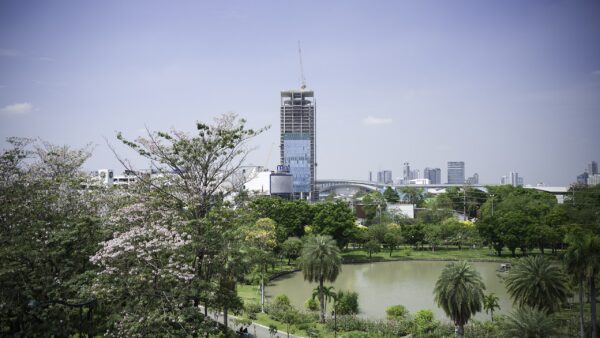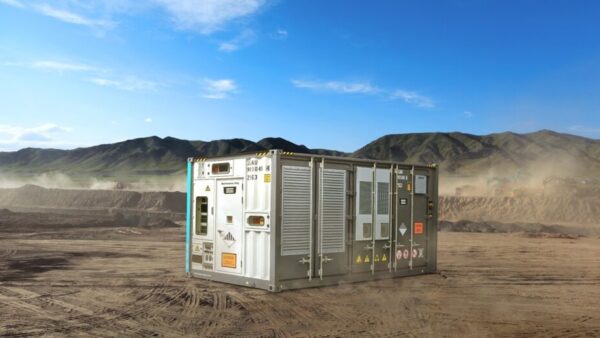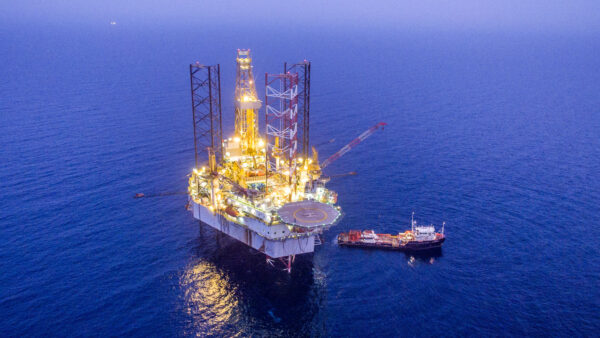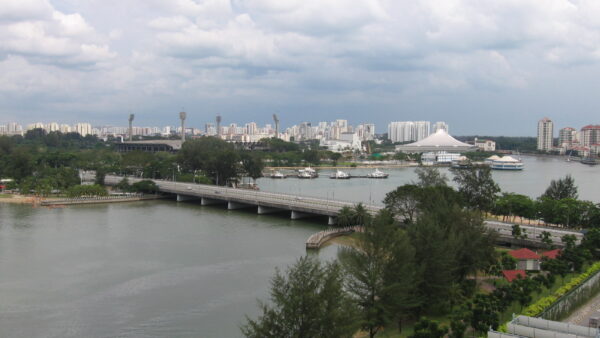Hit by massive cost overruns, delays, and the collapse of Westinghouse, South Carolina Electric & Gas (SCE&G) will abandon a nine-year effort to build two AP1000 pressurised water nuclear reactors at the VC Summer nuclear complex in South Carolina.
The project, seen as the first of a new generation of US reactors, became mired in cost overruns and then fell foul of the collapse of Westinghouse, the subsidiary of Japanese engineer Toshiba that was carrying out the work as an EPC contract.
SCE&G, a subsidiary of the Scana Corporation, a power and telecoms company, announced yesterday that it had petitioned the Public Services Commission of South Carolina to be allowed to cease work on the two 1,117MW reactors near Jenkinsville.
The company said in the petition that Westinghouse had told it that it “intended to use the provision of the Bankruptcy Code to reject its obligation to complete the units under the provision of its engineer, procure and construction contract.”
This would mean that SCE&G and its consortium partner, Santee Cooper, would be unable to complete the plant. It added that Toshiba had agreed to pay $1.2bn in compensation.
Santee Cooper, the state-owned energy utility in South Carolina, owns 45% of the project. It had already decided to suspend construction based on analysis provided by Westinghouse and its subcontractor, the Fluor Corporation. This showed that unit two would not be completed until December 2022 and unit three until March 2024. These dates were four years after the most recent deadlines provided by Westinghouse.
The first concrete pour for unit two was made in March 2013, at which time it was the first reactor to start construction in the US in 30 years. The first concrete for unit three was completed in November of the same year. Since then the original $9.8bn cost of the scheme has increased to roughly $25bn.
For its part, Santee Cooper was faced with paying $8bn as well as $3.4bn in interest to complete, or writing off the $4.7bn it had paid so far.
Lonnie Carter, Santee Cooper’s chief executive, said: “After Westinghouse’s bankruptcy and anticipated rejection of the fixed-price contract, the best case scenario shows this project would be several years late and cost 75% more than originally planned. We simply could not ask our customers to pay for a project that has become uneconomical.”
Kevin Marsh, Scana’s chief executive, told investors that his company had considered pressing on with unit two and replacing three with natural gas, however this was ruled out by Santee Cooper’s decision.
He said: “Santee’s suspension of the construction of the project made further analysis of this alternative unnecessary as SCE&G concluded it would not be in the interests of its stakeholders and customers to continue construction of the project on its own.”
He added that his company has “reached out to other potential partners and pursued governmental support” without success and concluded that “ceasing work on the project was our least desired option, but this is the right thing to do at this time”.
Maria Korsnick, president of the US Nuclear Energy Institute, said in a statement that Santee Cooper and SCE&G’s decisions were disappointing, but applauded the two companies for their “valiant and visionary” efforts to embark on a US nuclear construction programme for the first time in over 30 years.
The project’s failure leaves the future uncertain for nuclear energy in the US.
Although the US has around 30% of the world’s nuclear generating capacity, there were only four reactors under construction before SCG&E’s announcement. There are now two, at the Vogtle plant in Georgia. The World Nuclear Organisation lists 19 more large units that are being planned, but given the disarray in the US supply chain, it is not clear what state those projects are now in.
Big nuclear also faces increased completion from ever cheaper renewables, evolving smart grids that can accept higher proportions of wind and solar and the advent of small modular reactors, one of whose reasons for being is to avoid the problems that regularly strike large, bespoke nuclear projects.
The Trump administration has given its backing to the nuclear as part of its pursuit of “American Energy Dominance”. Speaking in June, the president said: “We will begin to revive and expand our nuclear energy sector, which I’m so happy about, which produces clean, renewable and emissions-free energy. A complete review of US nuclear energy policy will help us find new ways to revitalise this crucial energy resource.”
Image: The second containment vessel ring was placed on unit two in February this year (Santee Cooper)
Further Reading:










